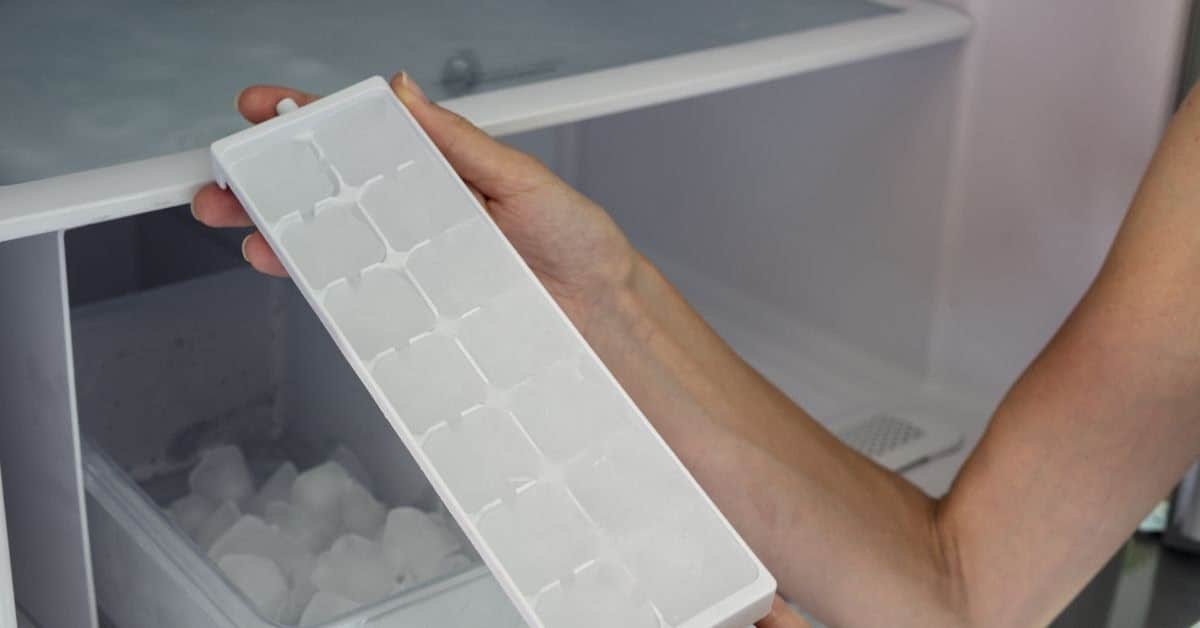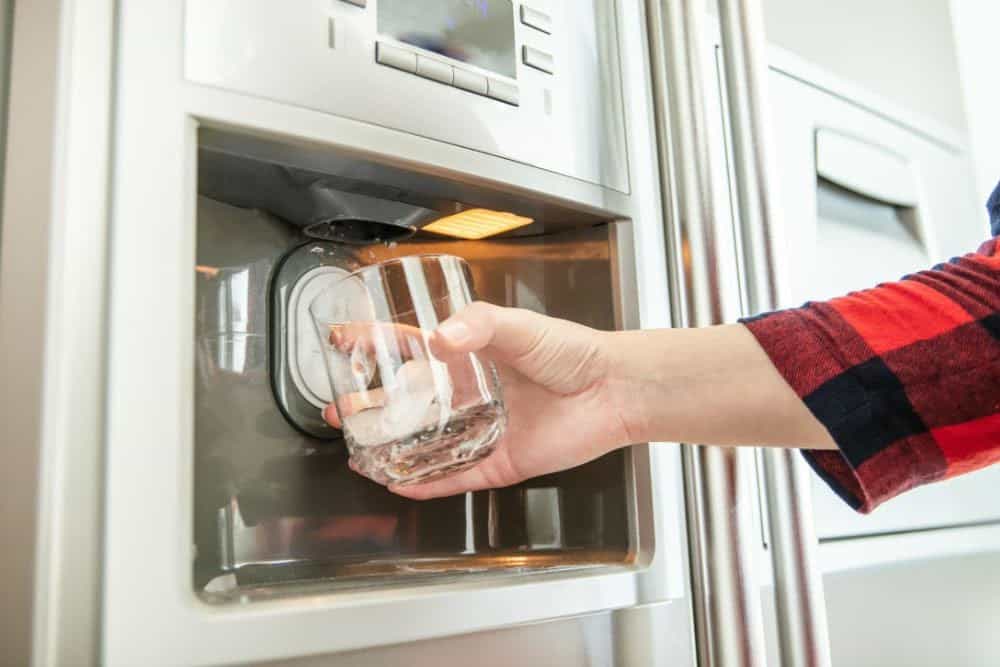
Freezer ice makers are convenient appliances that produce fresh, ready-to-use ice cubes in your fridge. Knowing how they work and the different brands will make your life easier.
An ice maker has three main components that work together to produce ice cubes:
To make ice, you need to have the arm lever in the down position. This activates the ice machine cycle by filling the tray with water and freezing it into ice cubes. When the ice cube tray is full, the lever will move up, stopping the ice-making process.
There are several popular brands that make freezer ice machines, each with its own unique features:
Each of these brands has different offerings based on your freezer model and preferences, so shop around to find the best option for your needs.
You've got a freezer ice maker, and it's all about knowing the right position and functions to get the perfect ice cubes. Let's dive in and explore the different aspects of this helpful gadget.
So, you might be wondering, should the ice maker lever be up or down? When the wire arm is up, it signals that the ice maker is off or the ice bin is full. On the other hand, when the wire arm is down, this tells the ice maker it's time to start making ice again. To turn on your ice maker, lower the wire shutoff arm.
The control arm, also known as the feeler arm, is a crucial part of the ice-making process. It serves as an automated shutoff to prevent the overproduction of ice cubes. If there are stacked ice cubes blocking the arm, the subsequent ice-making cycle won't begin until the arm is free to move to its lowest position.
As for the ice maker's lever, it plays a significant role in the ice-making cycle. With the control arm down, the action starts as the water pump draws water from a collection sump, pours it over the chilled ice cube tray, and gradually freezes it to form ice cubes. Once the ejector pushes the frozen cubes into the bin, the process starts over again.
Using your ice maker is simple. To make sure it's working efficiently, just remember to toggle the arm up or down as needed, and now you're all set to enjoy fresh ice cubes whenever you want. Cheers!
Let's dive into some of the most common freezer ice maker issues and how you can tackle them.
Check your water supply line and valve for any leaks or clogs- this is a common ice maker problem. You can do this by shutting off the water in your home's main supply pipe. Inspect the water inlet valve, water filter, and water line for proper function. If you find low water pressure, try to improve it by cleaning the water line or replacing the water filter.

Keep your water supply full of clean water and clog-free with regular inspections.
Monitor your freezer temperature, ensuring it's not too high or too low. An ideal temperature is around 0°F (-18°C) to prevent the water inlet tube from freezing up. If you do find a clog, take the time to clean it out and ensure a smooth water flow for your ice maker.
Another common ice maker problem is defroster and ejector paddle problems. When your ice maker freezes up, you need to defrost it. First, unplug the refrigerator or turn off the circuit breaker supplying power. Remove the ice bin and any loose ice. Locate the fill tube, a white rubber-like hose, and remove any freezer burn or ice buildup. Defrosting is an essential part of troubleshooting your ice maker's components, such as the fill tube, water inlet valve, and ejector paddles.
This video demonstrates the proper way to defrost your ice maker when it freezes.
If you still have issues after following these steps, consider contacting a professional for repair assistance. Remember, regular maintenance and cleaning can help prevent many of these common problems and keep your ice maker functioning efficiently.
Find the answers to a few commonly asked questions about ice makers in freezers.
For optimal ice production, set your freezer's temperature to 0°F (-18°C). This ensures the ice cubes freeze quickly and come out crystal clear. Keep an eye on the temperature, as fluctuations can affect ice quality.
For a Viking ice maker, lift the arm up to stop the ice production. When you're ready to make more ice, simply push the arm back down. Make sure there are no ice cubes or other objects blocking the arm's movement.
If you're still unsure, check the troubleshooting steps for more assistance with your common ice maker problem.
